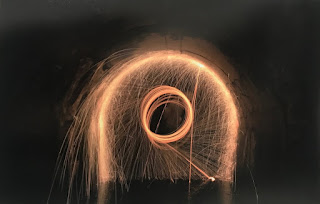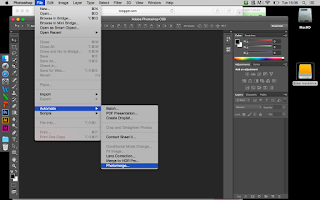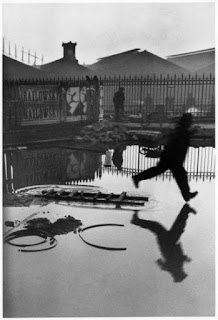Adding motion blur

Adding motion blur I picked a picture where everything was shape and one where a subject could be blurred. First we make a background copy of the layer. I also made the background a layer. Then I go to Filter> Blur > Motion Blur Then add a mask to the layer. I then used the eraser to rub out the person on the original layer to present the blur. Edit > original Adding a blur to produce a focus point I chose a landscape image made a background copy select the quick mask tool then gradient setting select the area I wanted in focus deselected the quick mask tool so the marching ants appear filter>blur > lens blur where alterations can be made such as, how much blur there is and add the noise > OK cmd and d deselects the marching ants. and I then changed the Hue and Saturation to improve the overall appearance of the photo. Edit > Original









